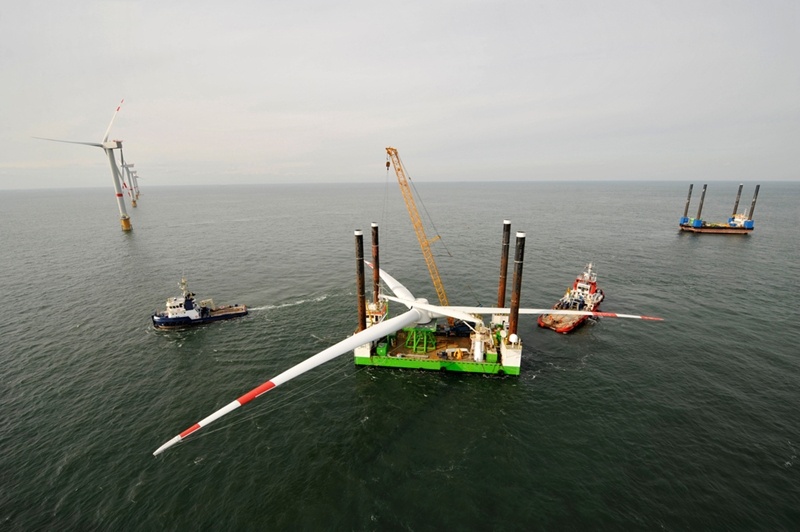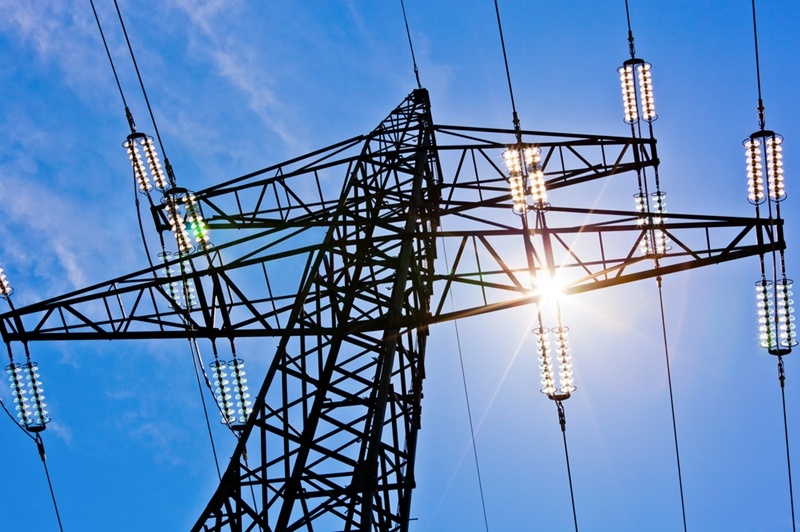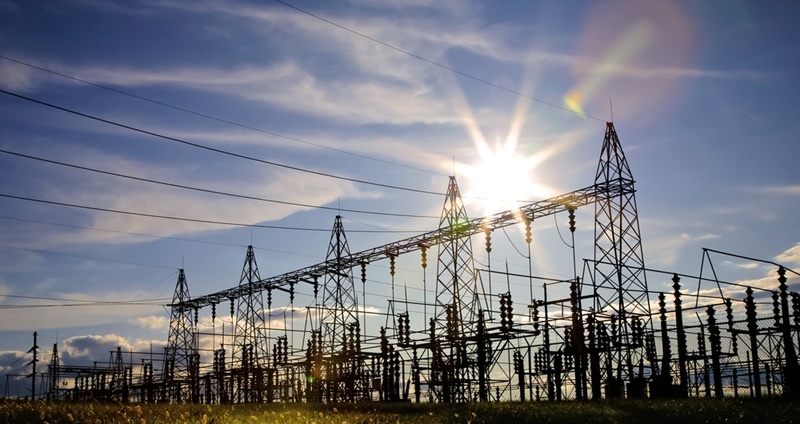Huffing and puffing: First offshore wind farm sued over market violations
Despite its viability as a long-term renewable energy investment, wind energy has its fair share of obstacles to overcome. Though the U.S. Department of Energy stated wind power generates around 4.5 percent of the nation's electricity, issues concerning intermittence and discrepancies in zoning laws varying state by state haven't quite given this resource the same uplift as other renewables like solar.
While some believe it's only a matter of time before these setbacks yield to greater public support and investment, in other ways wind energy is making new enemies, like in the case of Block Island. Recently, opponents of the United States' first offshore utility-scale wind installation have filed suit against the Rhode Island Public Utilities Commission, arguing the site's construction, already underway, and contractual arrangements with regional utilities violates federal law.

Does Rhode Island wind energy go too far?
The case against Block Island relies on RIPUC's original approval for development in 2010, which was appealed and subsequently upheld by the Supreme Court in 2011, according to the commission's website. Opponents believe the organization erred gravely by assuming the Federal Energy Regulatory Commission duty in governing over energy markets.
Deepwater Wind, the developer behind the Block Island wind farm, planned to sell energy to northeast utility National Grid over a 20-year power purchasing agreement. Utility Dive reported the proposed PPA would be double the rate of what Rhode Island residents pay annually for energy, growing by 3.5 percent year after year. One of the opponents within the Rhode Island Manufacturers Association is Toray Plastics, who operate a local factory in North Kingstown. According to the Providence Journal, Toray Plastics uses more of Rhode Island's energy than any other single entity statewide.
"Should Block Island continue, the U.S. takes its first step toward offshore wind energy."
Is Block Island a choice between two poisons?
As these two sides duke it out over who's in the right, ratepayers are left with two alternative futures, either of which have just as much chance of being beneficial as they are disastrous.
If the manufacturers association halts Block Island's construction permanently, many Rhode Island residents under National Grid could avoid exorbitant regional rate hikes. However, stymieing the wind farm project would also deprive the northeast grid with much needed clean energy resources. According to the Deepwater Wind website, the installation planned to provide 30 megawatts of energy to the grid with its five turbines. The northeast is infamously known for its high energy rates nationwide, fueled in part by above-average demand. Decreasing reliance on the central grid can curb price volatility and even sustain infrastructure against costly repairs, which can be funneled back to ratepayers in the form of rate increases.
On the other hand, should Block Island continue, the U.S. takes its first step toward offshore wind energy, a major move in legitimizing the resource as a real contender in the sector. But once Deepwater Wind's PPA takes effect, Rhode Island and the rest of New England affected by this partnership could experience irreversible rate hikes on top of their already oppressive rates. This could lead those lucky enough to live in deregulated markets to seek cheaper, dirtier alternatives, undermining the entire nature of wind farm proliferation.
This content is property of ESCO Advisors and all reproductions must reference and link back to the ESCO Advisors website.
Share this
You May Also Like
These Related Stories

How the government and generators deal with clean energy adoption together

Massachusetts energy companies unite to plot grid modernization


